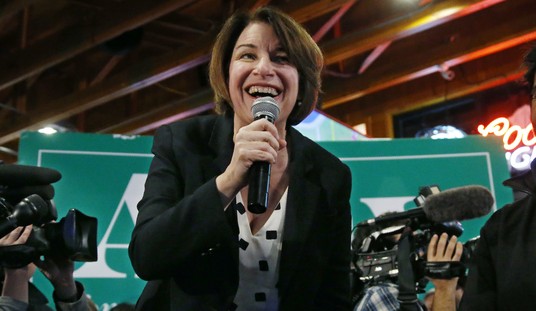
The Court of Appeals for the District of Columbia ruled 5-3 that the structure of the Consumer Financial Protection Bureau, which amounts to a fourth branch of government, is constitutional.
The case, CFPB vs. PHH, began this way:
The case began with CFPB Director Richard Cordray tacking a $103 million increase onto a $6 million fine initially levied against PHH for allegedly illegally referring consumers to mortgage insurers in exchange for kickbacks.
PHH fought the fine, arguing that Cordray did not have the authority to increase the fine. The case made its way to the Court of Appeals, which ruled in October that the CFPB’s leadership structure was unconstitutional in a 2-1 vote. The ruling also vacated the additional $100 million fine against PHH.
The CFPB fought the ruling, asking the court to rehear the case en banc, meaning that it wanted the entire court to hear the case, rather than the three judges who ruled on the case in October.
And last month, the full Court of Appeals ruled that it would rehear the case, giving the CFPB the opportunity to defend its constitutionality.
When that hearing took place, the government, which had supported CPFB, was now on the same side as PHH.
In the filing, the Department of Justice, arguing on behalf of the U.S., states that the CFPB’s structure is a violation of the separation of powers and should be ruled unconstitutional.
The DOJ’s filing is limited to the issue of whether the CFPB director is removable for cause or not.
“In sum, a removal restriction for the Director of the CFPB is an unwarranted limitation on the President’s executive power,” the DOJ argues in the filing.
But the DOJ does not ask for the abolishment of the CFPB, as PHH did in a recent filing.
“The panel correctly concluded that the proper remedy for the constitutional violation is to sever the provision limiting the President’s authority to remove the CFPB’s Director, not to declare the entire agency and its operations unconstitutional,” the DOJ states.
But the CFPB director should be removable by the president, the DOJ argues.
“In, in our view, the panel correctly applied severability principles and therefore properly struck down only the for-cause removal restrictions,” the DOJ states in reference to the Court of Appeals earlier ruling.
On principle, I think independent agencies are unconstitutional as they aren’t provided for in the basic text of our government. In practice, I think they are an unmitigated evil which allows unaccountable bureaucrats to regulate finance, communications, trade, advertising, product safety, land use, and all manner of things with great impunity. They are an abdication of authority by the executive and the legislative branches which mirrors that same willing abdication of authority to the judiciary. The CFPB, in particular, is a horror show because the president can’t fire the director.
Via The Hill:
Judge Nina Pillard, who wrote the court’s opinion, cited the precedent set by Humphrey’s Executor v. United States, a 1935 case reaffirming the legality of the Federal Trade Commission’s independent, sole-director structure.
“The Court approved the very means of independence Congress used here: protection of agency leadership from at-will removal by the President. The Court has since reaffirmed and built on that precedent, and Congress has embraced and relied on it in designing independent agencies,” Pillard wrote.
“We follow that precedent here to hold that the parallel provision of the Dodd-Frank Wall Street Reform and Consumer Protection Act shielding the Director of the CFPB from removal without cause is consistent with Article II.”
Somehow this went from a 2-1 loss for the CFPB with the government on its side to a 5-3 win for the CFPB with the government against it. Unless Justice has some really crappy lawyers, there is something strange here. I view this as one of the many politically charged “we hate Trump so screw the law” decisions that have been handed down over the past year. Why do I say that?
Not everything in the ruling went well for the CFPB. While the court affirmed the bureau’s structure, judges reinstated an earlier holding by the same court that the CFPB made errors when it penalized New Jersey mortgage lender PHH Corp. $109 million after finding the firm violated a federal law on real-estate settlement procedures.
https://twitter.com/peteschroeder/status/958733255603376128
PHH said the imposed fine was illegal because of the structure. The court said the structure was legal but left in place the ruling setting aside the fine because the structure was illegal.
What this seems like is a rather transparent attempt by the court to protect the CFPB by giving PHH an incentive not to appeal (IANAL, but they may have even removed the ability to appeal because now PHH is suffering no damage). They did this because they know there is no way the Supreme Court goes along with this madness.














Join the conversation as a VIP Member